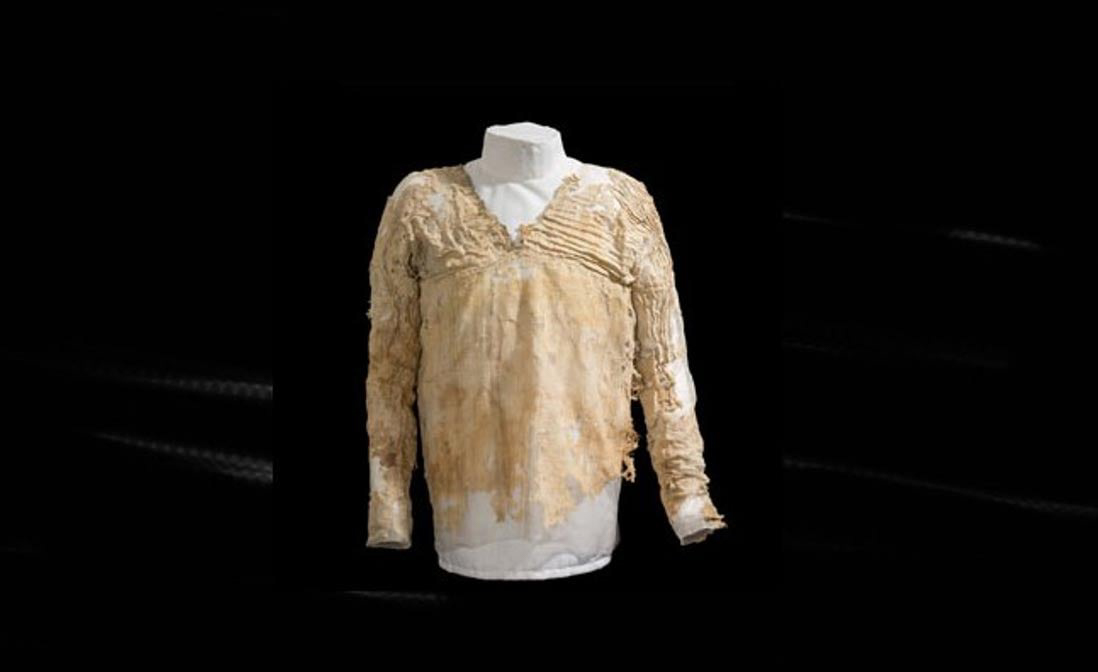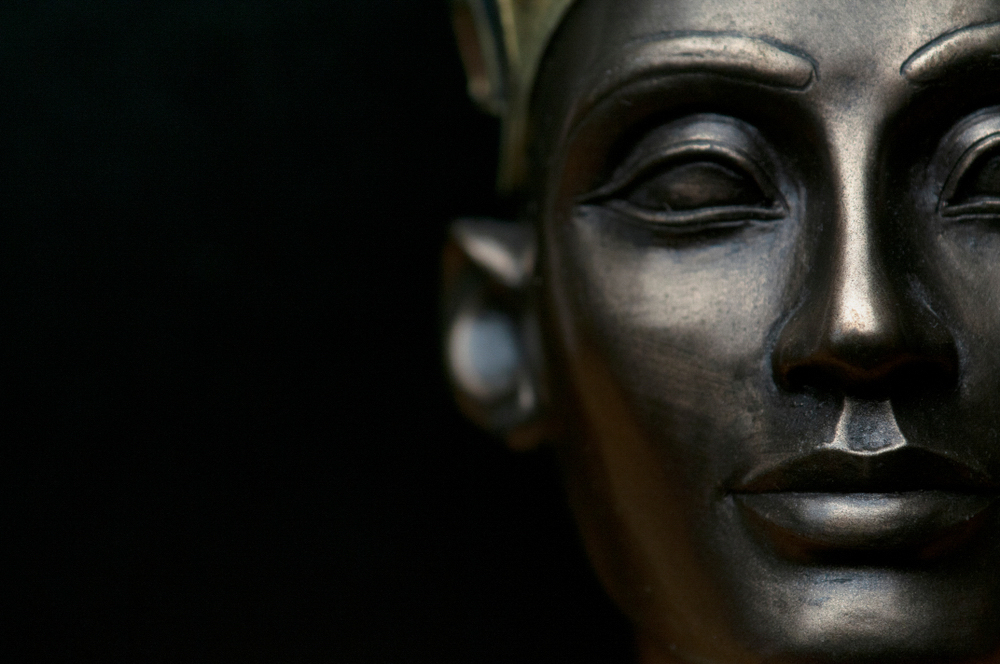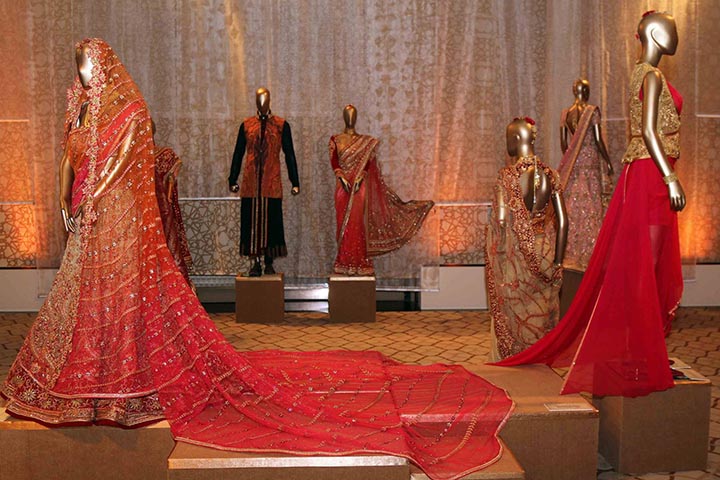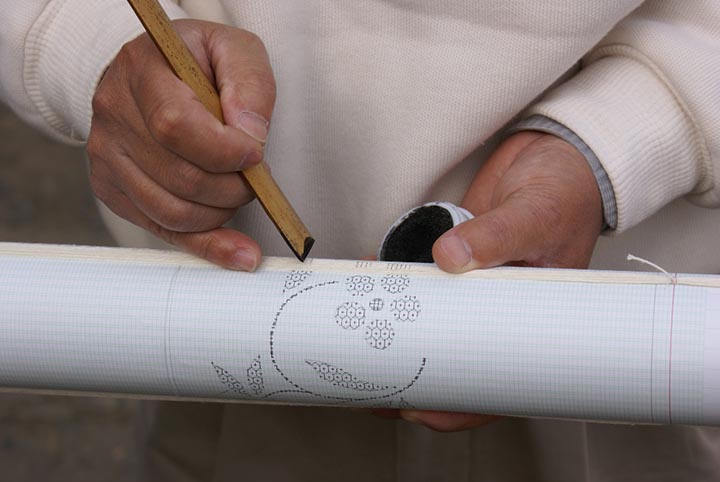The Tarkhan dress is no ordinary piece of clothing; it is considered to be the oldest surviving linen garment in the world. The dress discovered by Egyptologists is over 5,000 years old, making it even older than the first dynasty of Egypt!
The dress has intricate folds and is made of fine linen fabric. Experts believe that the Tarkhan dress was probably worn by a young or slender female member of the royal court before it was placed in a tomb as a burial offering. Although the lower part of the dress has not survived, it is assumed that it was once floor-length, which adds to its elegance and mystery.
The use of linen emphasises the enduring popularity of this fabric, which has been known for thousands of years for its lightness, durability and breathability. From ancient Egypt to contemporary fashion, linen has remained a staple, a testament to its versatility and timeless appeal. By rediscovering this remarkable artefact, we can appreciate the exceptional craftsmanship of ancient Egyptian weavers and understand why linen has been a preferred choice for clothing for thousands of years.
But how has this ancient garment withstood the test of time?

In 1913, Sir Flinders Petrie, a pioneer of Egyptology, discovered a bundle of dirty rags in the necropolis of Tarkhan, an ancient burial site near Cairo. This bundle lay untouched for over six decades.
It wasn’t until 1977 that researchers at the Victoria and Albert Museum in London came across the remarkable find while sorting through Petrie’s excavated textiles. “When we first laid eyes on the dress, we knew it was something extraordinary,” recalls Dr Alice Stevenson, Curator at the UCL Petrie Museum of Egyptian Archaeology.
New radiocarbon dating techniques revealed an astonishing truth – the dress was dated to 3482-3102 BC, before the first Egyptian dynasty. “The survival of highly perishable textiles in the archaeological record is exceptional,” explains Stevenson. “The survival of complete or almost complete, articles of clothing like the Tarkhan Dress is even more remarkable.”
Skilled ancient Egyptian weavers made the dress from delicate linen fibres, with intricate folds and pleats. The use of linen in the construction of the Tarkhan dress emphasises the importance of the fabric in ancient Egyptian society. “Linen is a robust plant fiber composed of the carbon-rich biopolymer cellulose,” says Dr Michael Dee, an expert in radiocarbon dating. “This is much easier to handle and date than proteinaceous fibers like those found in wool and leather.”
While textiles older than 2,000 years are rare archaeological finds, the Tarkhan Dress is a real anomaly, having survived for over five millennia in an Egyptian tomb. “We’d always suspected it was old, and even if it wasn’t near the 1st Dynasty, even a 5th Dynasty dress is still pretty old by archaeological standards for this type of object,” Stevenson said. “But this new dating has affirmed my appreciation of the garment.”
More than an ancient artefact, the Tarkhan Dress is a masterpiece of craftsmanship that defies the ravages of time. “With its pleated sleeves and bodice, together with the V-neck detail, it’s a very fine piece of clothing,” marvels Dr Stevenson. “There’s nothing quite like it anywhere of that quality and of that date. It’s amazing to think it has survived some 5,000 years.”
Indeed, with its tailored sleeves, V-neck, and narrow pleats, the dress would look perfectly in a modern department store. Such exquisite details could only be made by a specialised artisan – a testament to the prosperous and hierarchical society of ancient Egypt, when the kingdom was united under a single ruler for the first time.
Linen was of immense importance in ancient Egyptian society. The ancient Egyptians left inscriptions and drawings on their tombs explaining how they cultivated and harvested linseed and grain, says Dr Mansour al-Nubi, former dean of the Faculty of Antiquities in Luxor. The pharaohs used linen to make clothes, bedding, medical lace and even shrouds, cementing its status as a valuable commodity.
Flax, the origin of linen, is one of the oldest fibres used to make cloth and dates back to the fifteenth century BC in Egypt – more than 3,500 years ago! The flax harvest preceded the wheat harvest and was an important commodity. Due to its strength, durability and resistance to moisture, linen was the perfect choice for mummification, an important aspect of ancient Egyptian religious belief. Each mummy required around 150 metres of linen, which was often recycled from old clothing and household items to ensure that the body remained as lifelike as possible for the afterlife.
Today, linen is still very popular not only because of its timeless style, but also because of its sustainability. Linen is one of the most biodegradable and stylish fabrics in the history of fashion, robust, quick-drying, naturally moth-resistant and completely biodegradable when untreated. According to the European Confederation of Linen and Hemp, “Across its lifecycle,a linen shirt uses 6.4 litres of water” compared to thousands for a cotton shirt.
“Linen is one of the least environmentally damaging textiles,” explains Sewport. “Unlike synthetic textiles, natural fabrics like linen are biodegradable, which means that their constituent molecules reabsorb into the surrounding environment within a matter of years instead of centuries.”
From its humble beginnings as a funerary object more than 5,000 years ago to its modern-day resurgence as an eco-friendly and stylish choice, linen has withstood the test of time. The Tarkhan dress serves as a tangible link between past and present, reminding us of the timeless appeal of this natural fibre and the enduring human pursuit of beauty and artistry in clothing.


